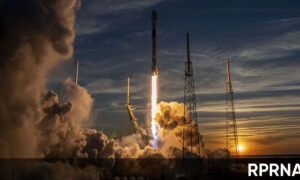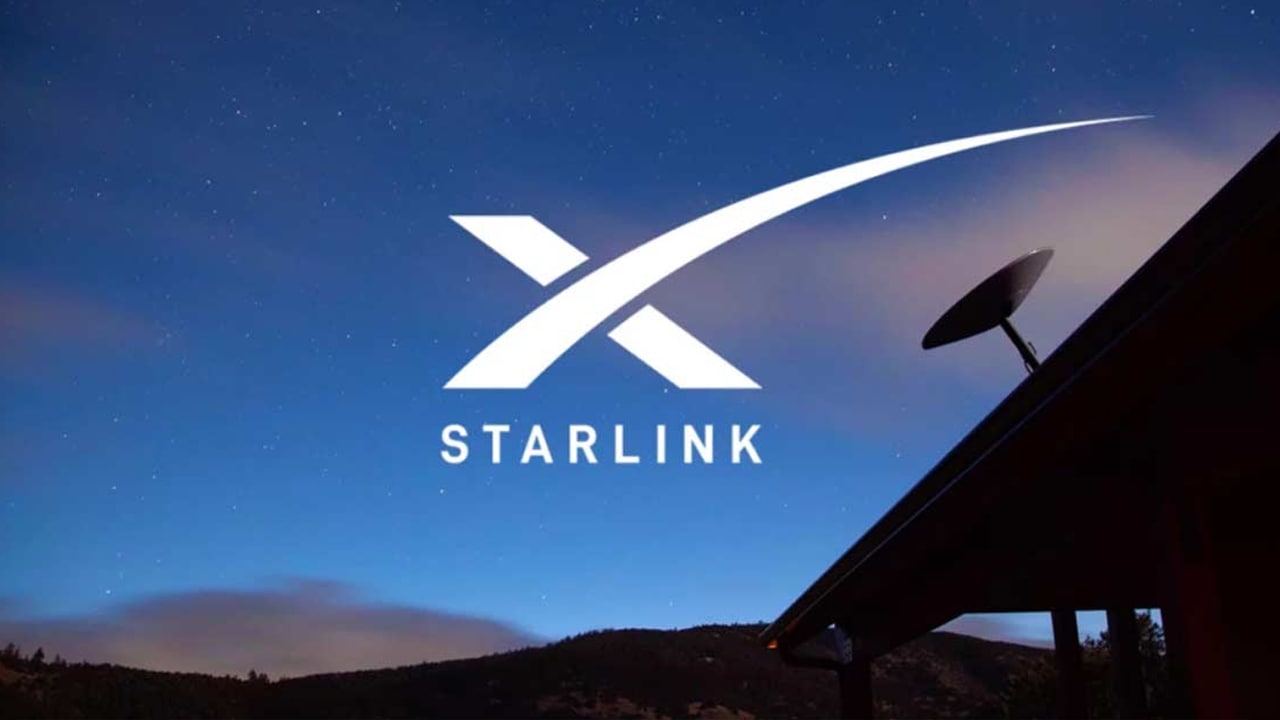SpaceX CEO Elon Musk recently stated that the company has conducted the first static ignition test on the upgraded Raptor 2 engine. This Raptor 2 engine prototype eventually exploded during testing, but it is also the most powerful rocket engine ever. It is reported that the super-heavy booster thrust Raptor equipped with 2 engines will be 50% higher than the most powerful rocket.
Musk revealed on his personal social media, “The Raptor 2 engine had a pressure of 32.1 MPa before the explosion, but the cause of the explosion was the low oxygen pressure, not the engine itself.”
Musk also said, “The Raptor 2 engine nozzle throat has a larger diameter, so the thrust, when the pressure reaches 32.1 MPa, is about 245 tons.” Previously, SpaceX’s rival Blue Origin’s BE-4 engine may be the most powerful methane/oxygen rocket engine tested so far. Currently, BE-4 is still under development and is expected to power ULA’s Vulcan rocket and Blue Origin’s reusable New Glen rocket in the future.
The designed thrust of the BE-4 rocket engine is up to 244 tons. However, during the first static ignition test, the Raptor 2 engine robbed the BE-4 from the limelight. The instantaneous pressure in the main combustion chamber reached 32.1 MPa, and the thrust reached 245 tons for a short time.
Stay tuned with us via Telegram
But it needs to be clear that the BE-4 did not explode during the first full thrust test. Blue Origin stated on the official website that the thrust of BE-4 is “2400 kN”, which is equivalent to 244.5 tons. Musk said that the Raptor 2 engine is a major improvement over the Raptor 1 engine. Earlier, Musk said that the Raptor 2 engine can generate 185 tons of thrust when the pressure in the main combustion chamber is close to 27 MPa.
SpaceX has been continuously improving the Raptor 1 engine. In a pressure test in August 2020, the pressure in the main combustion chamber of the Raptor 1 engine reached 33 MPa, and it ran for about 10 seconds at a pressure higher than 32 MPa without any failure. At that time, Musk said, “The Raptor engine just reached a pressure of 33 MPa and there was no explosion!”
 If the maximum pressure of the Raptor 2 engine can reach 33 MPa, it will produce about 252 tons of thrust, which is 12% more than the Raptor 1 engine. Musk said that the main difference between the Raptor 2 engine and the Raptor 1 is that the pipes and cables are simpler, and the throat of the engine’s main combustion chamber is larger, which allows the engine to generate more thrust, but with a slight loss of efficiency.
If the maximum pressure of the Raptor 2 engine can reach 33 MPa, it will produce about 252 tons of thrust, which is 12% more than the Raptor 1 engine. Musk said that the main difference between the Raptor 2 engine and the Raptor 1 is that the pipes and cables are simpler, and the throat of the engine’s main combustion chamber is larger, which allows the engine to generate more thrust, but with a slight loss of efficiency.
In the past two years, Musk has proposed to optimize the thrust of the Raptor engine, with the maximum thrust even exceeding 300 tons. But in recent months, Musk said that SpaceX has decided to streamline the types of Raptor engines and retain only two versions. One is a Raptor engine with sea level nozzles, and the other has a larger vacuum optimized nozzle.










